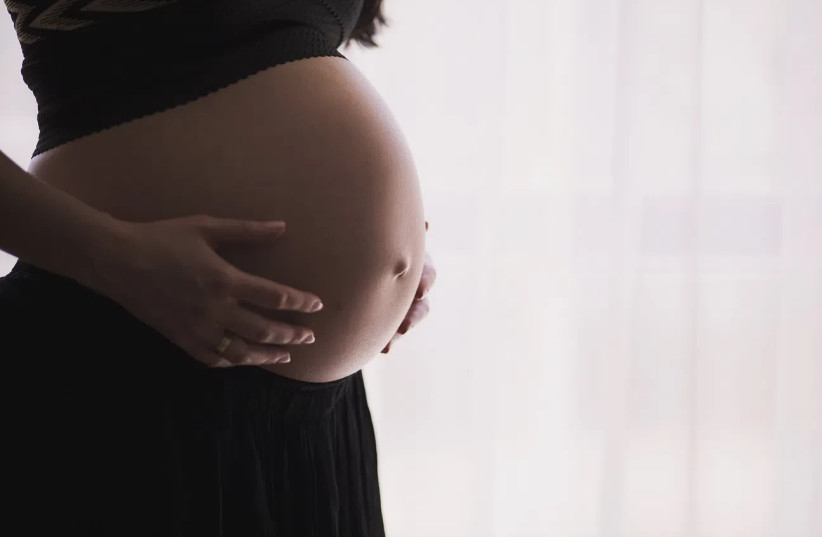A new Israeli study found that when pregnant women near the end of their pregnancy walked around from 2,900 steps during their first trimester to 2,100 to 2,200 steps during the ninth month, they can significantly reduce the risk of having to get the baby by cesarean section. The exercise also reduces the risk of postpartum bleeding, high blood pressure, preeclampsia, gestational diabetes, and the use of an epidural during childbirth.
The study was presented at the American Society for Maternal and Fetal Medicine (SMFM) conference, which was recently held in Washington, led by Prof. Ron Belussky, Dr. Chen Ben David, Dr. Yaniv Zipori, and medical students Rayna Boyarsky and Deborah Rosenberg from the obstetrics and gynecology department at Haifa’s Rambam Health Care Campus.
The study, which involved 401 women who came to give birth at the hospital during the first six months of 2023, reviewed the physical activity data recorded on those women’s cell phones when the records were checked a year ago. These were women who came to Rambam to give birth to a single fetus vaginally (that is, not a planned cesarean section), some for a first birth, some for a subsequent delivery. The women we tested presented average walking data,” explained Prof. Ron Belussky, director of Rambam’s obstetrical-gynecological ultrasound who was a member of the research team.
Variables such as weight, smoking, and previous C-sections didn’t affect the statistical results in the categories we tested,” Belussky added, “but the number of steps did. When we tried to get a ‘golden number,’ a number of steps that guarantee as much effect as possible, we arrived at a calculation of 2,300 steps per day during the entire pregnancy. This number can reduce the risk of cesarean section by four to five times more than those who go less, and significantly reduce the other risks we examined,” he stated.
“We are not talking about athletes. We later checked the data we collected against the developments in the delivery room, and the relationship between the average daily number of steps and the various birth scenarios.”

How many steps-per-day do women walk?
Women of reproductive age walk an average of 4,500 steps a day – not just during organized exercise but in doing chores around their home and getting to work and back. The women surveyed walked an average of 3,300 steps before they became pregnant. During pregnancy, every trimester, the number of steps decreased from 2,900 at the beginning of pregnancy to 2,100-2,200 during the ninth month.
The findings of the study show that women who walked an average of 3,000 steps during their pregnancy were less likely to need epidural anesthesia for pain than those who walked an average of 2,600 steps daily.
Postpartum bleeding complications were observed less among women who managed to walk about 2,800 steps a day, compared to those who walked a daily average of 2,160 steps.
A total of 723 daily steps separated the group of women who had a normal birth compared to those whose birth ended in an unplanned cesarean procedure, when the average number of steps recorded among these groups of women was 2,821 and 2,098 respectively.
The chance of developing preeclampsia and gestational diabetes decreased among women who managed to walk 2,829 steps every day during the months of pregnancy, compared to 2,517 among the women who suffered from these complications
According to the researchers, “It’s hard to say why a daily walk to such an extent affects different birth scenarios since there are a variety of variables, but without a doubt, it is an easy activity that can be good for the mother and the baby.”
